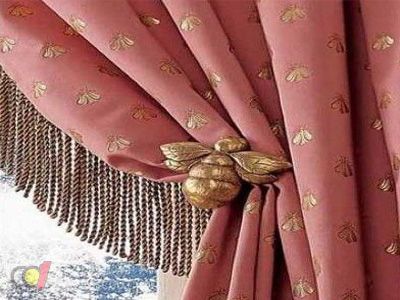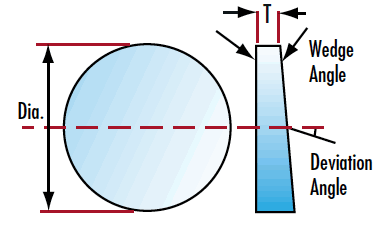Various types of curtain cleaning methods
Different types of curtains require specific care to maintain their appearance and extend their lifespan. Understanding the proper cleaning methods for each material is essential to avoid damage or shrinkage.
For cotton and linen curtains, machine washing is generally safe. Use a mild detergent and consider adding a fabric softener to keep the fabric soft and smooth after washing. However, if the fabric is prone to shrinking, it's better to opt for dry cleaning instead.
Lace curtains are delicate and should not be washed in a machine. Before cleaning, gently brush them with a soft brush to remove dust. Avoid soaking or using harsh chemicals that could weaken the lace fibers.

Flannel curtains tend to collect a lot of dust. After removing them from the window, shake them by hand to let the dust fall off naturally. Then soak them in a solution of water and detergent for about 15 minutes. It's best to avoid the washing machine, as it can cause the flannel to lose its softness. Gently press out the excess water rather than wringing it, allowing the curtain to drip dry on its own.
Blinds can usually be cleaned directly without disassembly. Spray a small amount of water onto the surface and wipe it with a clean cloth. If the blinds are particularly dirty, use a damp cloth with a mild detergent. Keep in mind that frequent exposure to water or direct sunlight may cause fading, so always dry them in a shaded area.
Roller blinds are harder to take apart, so cleaning is done directly on the unit. Pay extra attention to the areas around the roller where dust tends to accumulate. If there's a lot of buildup, use a soft brush to gently remove the dust first, then wipe with a damp cloth. You can also apply a light polishing agent to maintain their shine and longevity.
After cleaning any type of curtain, avoid using a dryer. Instead, let them air dry in a well-ventilated space. This helps preserve the texture and color of the fabric. For curtains made of special materials, such as silk or delicate blends, it's recommended to take them to a professional dry cleaner to prevent deformation or damage.
(Word count: 507)Wedge prism is commonly used in laser system for eliminating the reflections from the second surface or for beam steering.circle wedge,square wedge,irregular wedge...Every materials,sizes,wedges and coatings may be available by custom orders. Standard and broadband antireflection coatings are available upon request.
                     
                                  optical wedges
Specification of our wedge prism as follow:
*Material:Â HK9L Grade A optical glass,Fused Silica JGS1,JGS2,JGS3, or other optical glass materials.
*Dimension Tolerance:+/-0.20mm to +0.01/-0.01mmÂ
*Thickness Tolerance:+/-0.20mm to +/-0.005mmÂ
*Surface Quality:80-50 to 10-5 Scratch/Dig
*Surface Flatness: at 632.8nm lambda to lambda /20 per 25mmÂ
*Clear Aperture:80% -- 100%Â
*Angle Tolerance:3-5 minutes to 3 second Â
*Chamfer:0.3+/-0.20mm *45degree
*No ChamferÂ
*Coating OptionalÂ
Wedge Prism,Fused Silica Wedge Prism,Jgs1 Wedge Prisms,N-Bk7 Wedge Prism
China Star Optics Technology Co.,Ltd. , https://www.csoptlens.com
